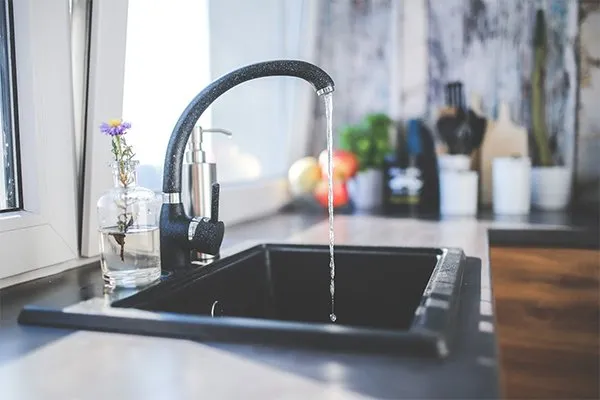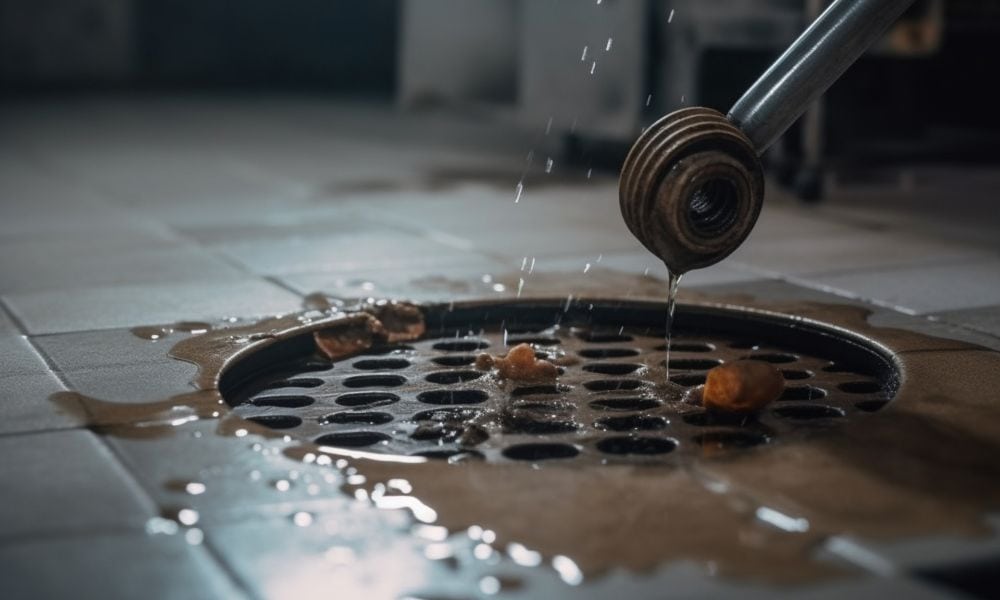Plumbing issues are a common occurrence in any household, and while some problems require professional intervention, many can be resolved with a bit of know-how and the right tools. Addressing minor plumbing problems yourself can save time and money while ensuring that your home’s plumbing system remains in good working order. This article will explore some of the most common plumbing problems and provide step-by-step instructions on how to fix them yourself.
Leaky Faucets
The Problem
A leaky faucet is one of the most common plumbing issues and can be both annoying and costly if left unchecked. The constant dripping can waste a significant amount of water over time and lead to higher utility bills.
How to Fix It
To fix a leaky faucet, start by turning off the water supply to the faucet. Next, remove the handle and inspect the parts inside, such as the washer, O-ring, or cartridge, which are often the culprits behind the leak. Replace the damaged part with a new one, reassemble the faucet, and turn the water supply back on. This simple fix should stop the drip.
Clogged Drains
The Problem
Clogged drains are another common issue that can occur in sinks, showers, and bathtubs. They are typically caused by a buildup of hair, soap scum, grease, or other debris that restricts water flow.
How to Fix It
For minor clogs, a plunger is often effective. Place the plunger over the drain and create a tight seal, then push and pull the plunger vigorously to dislodge the clog. If this doesn’t work, try using a drain snake or a homemade solution of baking soda and vinegar. Pour the baking soda down the drain, followed by vinegar, and let the mixture sit for about 15 minutes before flushing it with hot water. For more stubborn clogs, you may need to remove and clean the drain trap under the sink.
Running Toilet

The Problem
A running toilet is not only irritating but can also lead to a significant increase in your water bill. This issue usually occurs when the flapper valve inside the toilet tank is not sealing properly, allowing water to continuously flow into the bowl.
How to Fix It
First, remove the toilet tank lid and inspect the flapper valve. If it’s worn or damaged, it needs to be replaced. Turn off the water supply to the toilet, flush to empty the tank, and then detach the old flapper from the chain and hinges. Install a new flapper, making sure it creates a proper seal when closed. Turn the water supply back on and test the toilet to ensure the problem is resolved.
Low Water Pressure
The Problem
Low water pressure can be frustrating, especially when it affects multiple fixtures in your home. It can be caused by several factors, including sediment buildup in pipes, a malfunctioning pressure regulator, or issues with the municipal water supply.
How to Fix It
Start by checking the aerator on the affected faucet, as mineral deposits can clog the tiny holes and reduce water flow. Unscrew the aerator and soak it in vinegar for a few hours to dissolve the buildup, then rinse it and reattach it to the faucet. If the problem persists, check the water pressure at different fixtures and consider inspecting the pressure regulator or contacting your local water supplier to see if there are any known issues in your area.
Water Heater Issues
The Problem
A malfunctioning water heater can result in no hot water, water that is too hot, or strange noises coming from the unit. These issues can be caused by a faulty thermostat, sediment buildup, or a malfunctioning heating element.
How to Fix It
Before attempting any repairs, turn off the power supply to the water heater. For electric heaters, check the thermostat settings and adjust them if necessary. If the water is too hot or not hot enough, it could be due to a faulty thermostat, which may need replacement. For sediment buildup, drain the tank and flush it out to remove any debris. If the heating element is malfunctioning, it’s best to consult the water heater’s manual or contact a professional for assistance.
Conclusion
While some plumbing problems require professional expertise, many common issues can be resolved with a bit of DIY knowledge and effort. By addressing these problems yourself, you can save money, avoid potential damage to your home, and maintain a smoothly functioning plumbing system. Always remember to prioritize safety and consult a professional if you’re unsure about tackling a particular issue.


